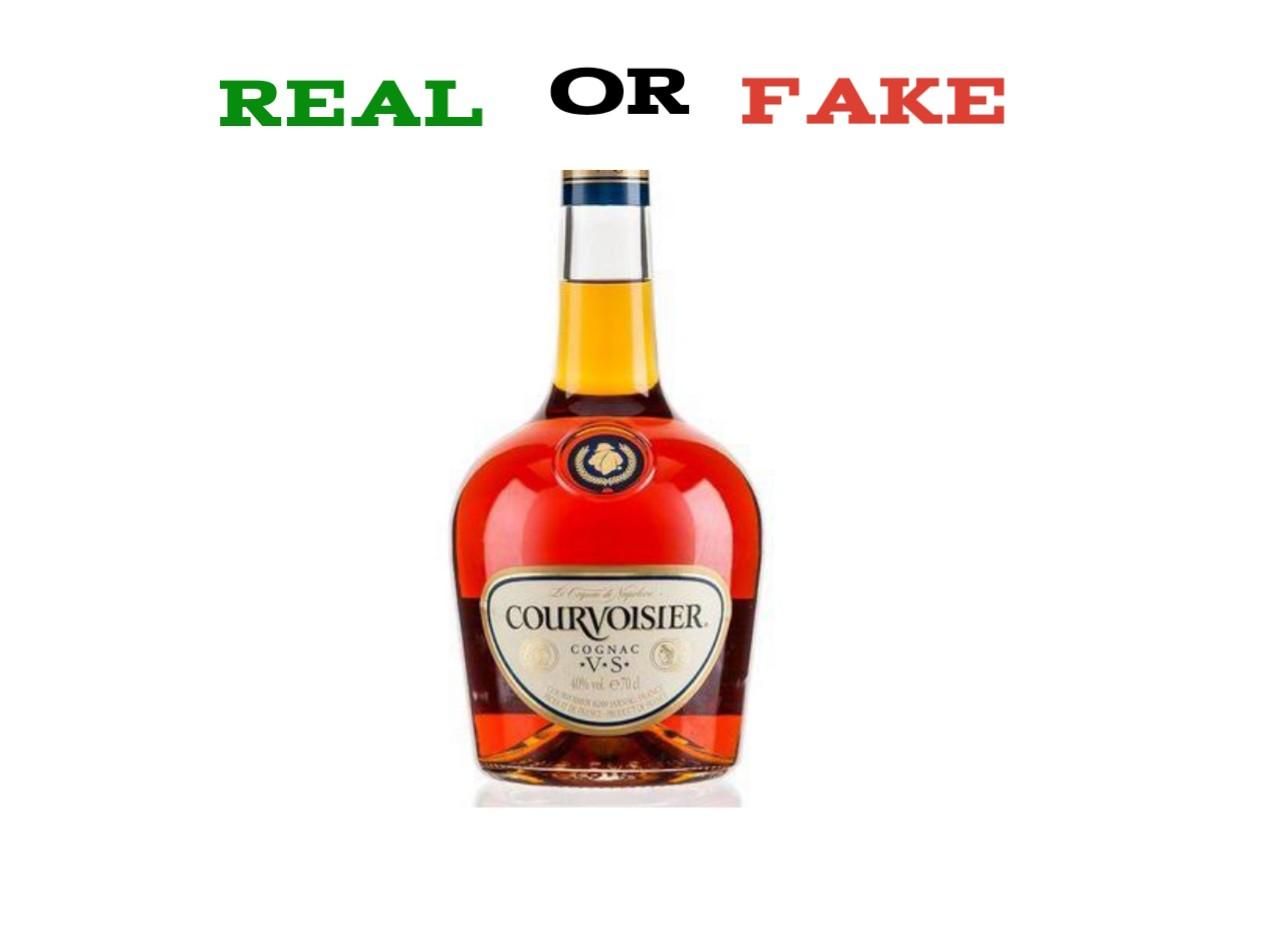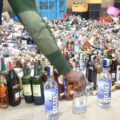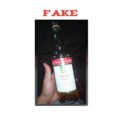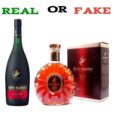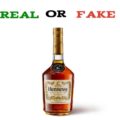Courvoisier is a brand of cognac owned by Beam Suntory, a subsidiary of Suntory Holdings of Osaka, Japan. The production is based in the town of Jarnac in the Charente region of France. Legend has it that in 1811, Napoleon Bonaparte visited the Courvoisier warehouses run by Emmanuel Courvoisier and his associate Louis Gallois. Later, the French leader took several barrels of the cognac with him to St. Helena, and the English officers on his ship enjoyed it so much that they nicknamed Courvoisier “The Cognac of Napoleon.”
Another Napoleon, Napoleon III, reinforced Courvoisier’s reputation as the finest cognac available by granting Courvoisier Cognac the title of “Official Supplier to the Imperial Court” in 1869.
Currently, Courvoisier is one of the leading cognac houses in the world and continues to excel in the spirits category with its renowned blends, including VS, VSOP, Exclusif, Napoleon, XO, Initiale Extra, Millennium, Courvoisier Succession J.S., L’Essence de Courvoisier, Courvoisier Rosé and L’Esprit de Courvoisier. However, in recent times, the media has been awash with news of fake Courvoisier in circulation.
Fake and adulterated alcohol products are a major problem across the globe especially when it comes to expensive brands. The Markets are saturated with fake alcoholic drinks professionally counterfeited to look like the original. Fake alcohol is pretty much exactly what it sounds like: a bootleg distillate, very often sold as if it were legally produced. They can produce similar effects to ethanol in terms of making you feel tipsy. But they are also potentially very dangerous.
Methanol has been implicated as the main culprit in many fake alcohol-related deaths. Counterfeit alcohol in Costa Rica, for example, has recently been linked to 25 deaths, with a total of 59 patients confirmed to have required hospital treatment for methanol poisoning.
Alcoholic beverages suspected to be counterfeit may contain high levels of methanol. Methanol poisoning symptoms include nausea, vomiting, and loss of consciousness, but severe cases may lead to blindness and death. Severe symptoms do not usually occur until 12 to 24 hours after consumption.
Selling counterfeit alcoholic beverages containing dangerous concentrations of methanol in supermarkets and kiosks is very prevalent in many countries and has recently been exacerbated by the COVID-19 restrictions.
How to Spot Fake Courvoisier
The police in Nigeria recently arrested three suspects for allegedly producing fake drinks in Lagos. The suspects, who were arrested, specialized in the production of fake versions of expensive drinks. The police recovered a large quantity of alcoholic beverages, jerry cans of substances suspected to be ethanol, cognac coloration, rubber cocks, top cocks, labels, stickers, and other instruments used in the illegal business.
Reports indicate that one-third of cognac sold in Russia is fake, according to inspections carried out by the Roskachestvo standards watchdog. A total of 32 out of 47 cognac brands produced by domestic and foreign companies were made out of grapes while the rest were made out of cheaper distilled spirits.
Methanol is often deliberately added to alcoholic beverages as a cheaper alternative to ethanol, which is so-called normal alcohol that can be consumed, according to the Methanol Institute. Drinking just 25 to 90 milliliters of methanol can be fatal without proper medical treatment.
Health officials list the following guidelines to identify counterfeit alcohol:
- A particularly low price
- The label is missing the manufacturer’s address or name
- No manufacturing date or batch number is on the bottle
- When several bottles of the same brand in a store have an uneven level of liquid. This is an indication of manual filling
- When the label has a spelling error or is glued unevenly
- When the cork seems to have been previously opened
There have been numerous outbreaks of methanol poisoning from adulterated counterfeit or informally-produced spirit drinks in recent years, according to the World Health Organization. Countries affected include Cambodia, the Czech Republic, Ecuador, Estonia, India, Indonesia, Kenya, Libya, Nicaragua, Norway, Pakistan, Turkey, and Uganda. The size of these outbreaks has ranged from 20 to more than 800 victims, with case fatality rates of 30 percent in some instances.
Important Information
This information on fake Courvoisier is provided as part of our harm reduction efforts. It’s important to note that alcoholism is a real disease. It can cause changes to the brain and neurochemistry, so a person with an alcohol addiction may not be able to control their actions.
Alcohol addiction can show itself in a variety of ways. The severity of the disease, how often someone drinks, and the alcohol they consume varies from person to person. Some people drink heavily all day, while others binge drink and then stay sober for a while. Regardless of how the addiction looks, someone typically has an alcohol addiction if they heavily rely on drinking and can’t stay sober for an extended period of time.
Many people addicted to alcohol also turn to 12-step programs like Alcoholics Anonymous (AA). There are also other support groups that don’t follow the 12-step model, such as SMART Recovery and Sober Recovery.
Regardless of the type of support system, it’s helpful to get involved in at least one when getting sober. Sober communities can help someone struggling with alcohol addiction deal with the challenges of sobriety in day-to-day life. Sober communities can also share relatable experiences and offer new, healthy friendships. And these communities make the person with an alcohol addiction accountable and provide a place to turn to if there is a relapse. SEE: How to Spot Fake Emperador

